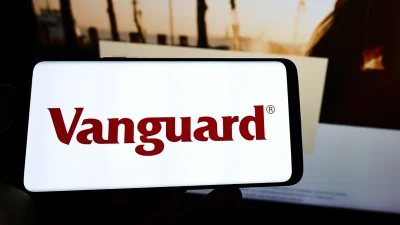Janus Henderson sells quantitative equities arm



Investors have withdrawn US$5.2 billion from Janus Henderson’s quantitative equities arm in the past quarter, prompting the firm to announce it will sell the division.
In an announcement to the Australian Securities Exchange (ASX) of its results for the three months to 31 December, the firm said assets under management (AUM) increased 3% from US$419 billion (AU$586 billion) in the previous quarter to US$432 billion due to market performance. This compared to an AUM decline of 2% in the previous quarter.
However, it was partially offset by net outflows of US$5.2 billion from its quantitative equities division.
Only 8% of the AUM in quantitative equities was outperforming the benchmark over one year, compared to 91% in the fixed income division and 99% in multi-asset, and just 21% was outperforming the benchmark over 10 years.
As a result, the firm announced it had decided to sell its 97%-owned quantitative equities subsidiary, Intech Investment Management, to a consortium comprised of Intech management and certain non-executive directors. This would allow both firms to focus on their key propositions which, for Janus Henderson, was active, fundamental investing.
Dick Weil, chief executive of Janus Henderson, said: “We are pleased to have reached an agreement with Intech that benefits both firms, providing Janus Henderson with increased operating efficiency and focus on fundamental, active investment, while fulfilling Intech’s desire to operate independently in the delivery of quantitative investment solutions.
“As we enter 2022, we believe that the significant progress towards our strategic objectives and the momentum in our business positions Janus Henderson well on the path to sustained growth.”
The transaction was expected to be completed in the first half of 2022.
Exactly half of the firm’s AUM came from the intermediary market while 29% was institutional and 21% was self-directed investors. Equities remained the largest capability at US$244 billion followed by fixed income at US$79 billion
Performance fees rose slightly from US$0.6 billion to US$7.7 billion after a significant decline in the third quarter, although they remained below the figure of US$59.3 billion a year ago.
Recommended for you
Natixis Investment Managers has hired a distribution director to specifically focus on the firm’s work with research firms and consultants.
The use of total portfolio approaches by asset allocators is putting pressure on fund managers with outperformance being “no longer sufficient” when it comes to fund development.
With evergreen funds being used by financial advisers for their liquidity benefits, Harbourvest is forecasting they are set to grow by around 20 per cent a year to surpass US$1 trillion by 2029.
Total monthly ETF inflows declined by 28 per cent from highs in November with Vanguard’s $21bn Australian Shares ETF faring worst in outflows.











